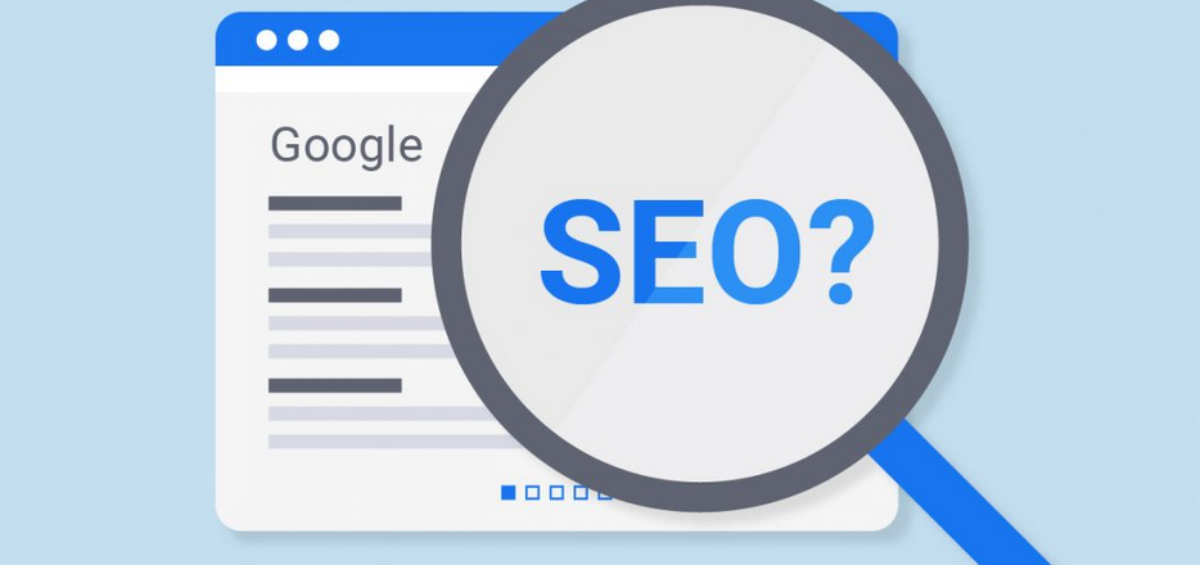Nowadays a thought-through SEO plan is a must have in the digital marketing world. You may be a blogger, a business owner, or run a web store. No matter the kind of site you have, it is proven that most of the site visitors come from search results. Therefore it never hurts to focus on a well-thought SEO strategy.
Following current web-design trends is a solid move for your website marketing as well. You can invest into SEO, however, visitors will not stay on a page as long as a website layout stays out-dated. In case you are inexperienced in web-design, there are sources like TemplateMonster, one of the best-known website template providers worldwide. You are able to spare the time on code learning and site building, and simply choose a ready-made theme to your liking.

Content management systems (CMS) are an additional resource saving solution for website creation. Platforms like WordPress, Joomla, and Tumblr are widely used by such giants as CNN, The New Yorker, Sony Music, Linux, Calvin Klein, GQ, etc. A CMS gives you a chance to become one of them.
However, WordPress stays the most popular CMS to this day. It has proven to be highly customizable, while remaining user-friendly, due to its intuitive interface. Since the demand is high, the community of web-designers and web-design studios grows rapidly and contributes various site customization plugins . As well as constantly-updated ready-made WordPress SEO Themes. There is no secret that website owners want to have better online visibility compared to competitors. That is why SEO-friendly templates written with a well-structured code correspond to recent search engine guidelines, as well as support Yoast SEO and All-in-one SEO plugins.
Even so, do not hurry up and assume your website will magically reach the top of search results just by picking up an SEO-ready theme. It is important indeed, however, getting a webpage all-done and perfect for search engines requires a complex of techniques.
Here is the up-to-date list of on-page optimization tips for an SEO-friendly website creation.
- Keyword research. Performing a research of targeted keywords before writing a blog post is a smart move. Get to know the audience you are writing for and assimilate their language. An effective tactic is the usage of long-tail keywords. This way you attract visitors, who will definitely get what they are searching for. A big bonus for you is low competition and therefore higher rankings.
- Keyword density and LSI keywords. After keywords are carefully selected, it is time to plan their placement in the text. It is important to include them in meta tags, h1 tag, and media files description. However, don’t overuse your target phrases, otherwise, a text will become unreadable. Using synonyms and LSI keywords (related keywords) is a proven way to improve your Google rankings as well as save the readability of content.
- An effective post title makes readers curious to see the rest of a post as well as contains a sneak peek into the provided content. A title is the first glance into an article for site visitors and search engines, so you better make it count. It is proven that people tend to click on articles with catchy title modifiers, such as: “how to…”, “best”, “easy”, “guide”, etc. And numbers! Major news portals have already noticed that numbers in the title are the ultimate clickbait, so they’ve started using this little trick to their favor. It never hurts to try for yourself.
- Link Building. To this day one of the biggest search results influences are backlinks. The number of quality links pointing to your site shows the reliability of your page and highly impacts domain authority. There are several ways to get quality backlinks. You can use the comment section on popular websites, share links on social media websites, leave messages on forums, write press releases. And the most credible way is guest posting. You may find a topical blog and publish an article with a link to your website, according to said blog’s guidelines. Keep in mind, that it is better to include your keyword into an anchor text of a link, rather than typing in general phrases, like “click here to view more”.
- Due to the vast increase of smartphone users, creating and optimizing a mobile version of a website will benefit both your readers and website rankings. Mobile version makes browsing your website more convenient and easy-to-read. In its turn, Google puts a mobile version of a website into search results. That is why page speed and meta tags of mobile site matter as well.
These are basic tips to make a Google-friendly site. Keep in mind, that SEO optimization is not a one-time task. You need to keep working on it throughout the lifetime of a website/blog and upgrade it according to the search engine guidelines and SEO trends.
Which techniques are you using already and which ones will be introduced to your website from now on? Go on and share your experience with site/blog optimization in the comments below.












Add Comment